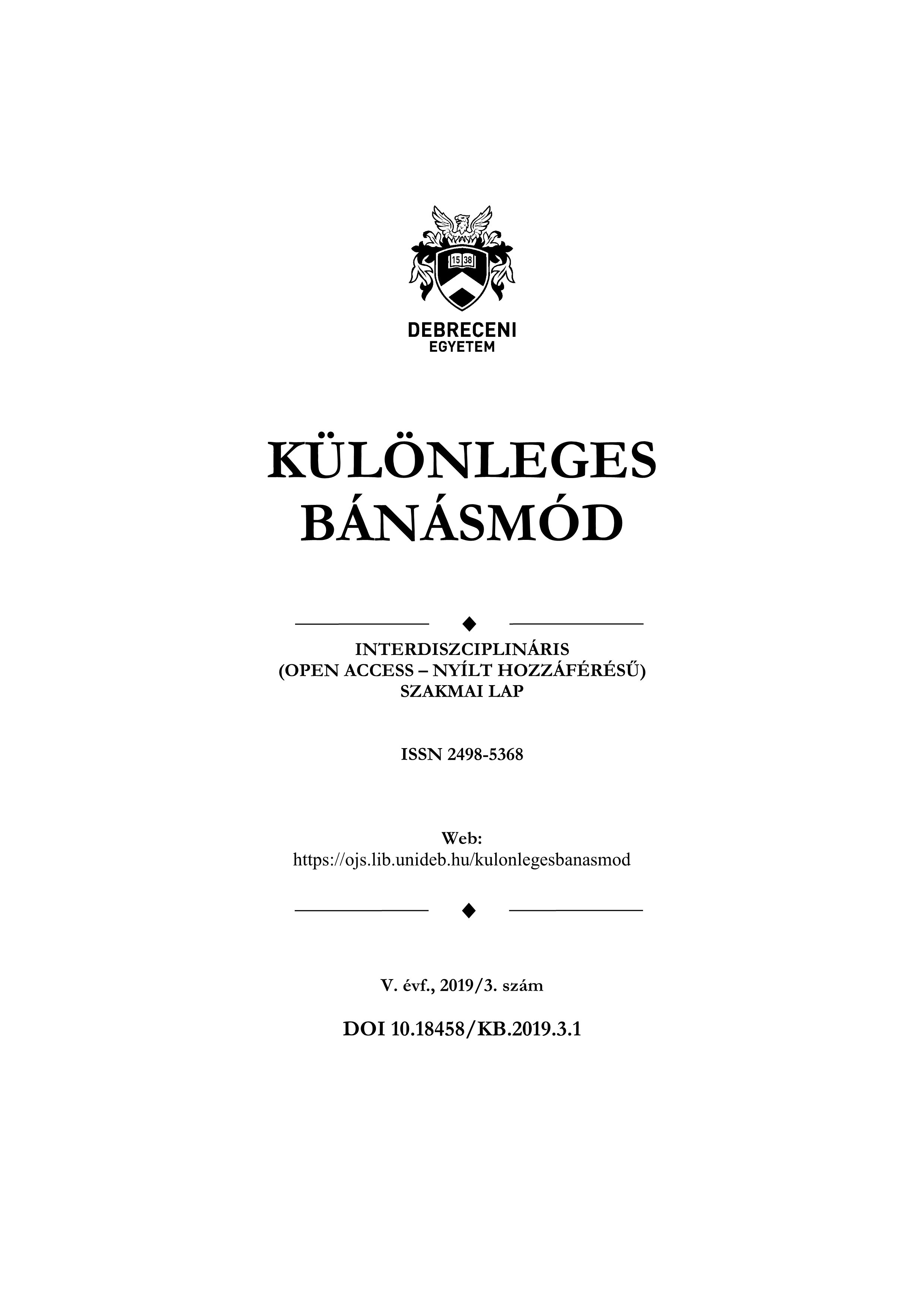RECRUITMENT AND FUTURE ORIENTATION OF DISADVANTEGED CHILDREN
Author
View
Keywords
License
Copyright (c) 2019 Ildikó Erdei

This work is licensed under a Creative Commons Attribution-NonCommercial-NoDerivatives 4.0 International License.
How To Cite
Abstract
In Hungary, many children live in state care. In order to curb its social reproduction, it is important to see recruitment: Who are they? Where and why did they get into state care? We have to deal with the future vision, motivation, self-efficacy, cause-attribution, social integration of young people, and their ideas about them. The aim of our research is to explore the differences in the future orientation of disadvantaged young people living in orphanages and families, which were measurable by analyzing their study average, by using a vision questionnaire and a self-report questionnaire to reveal family background, and by using the Tenessee self-image scale. The study involved 60 children and young adults living in an orphanage and 60 children and young adults living in a family. Both groups consist of young people aged between 15 and 20, born between 1999 and 2004. The aim of the study was to compare the future orientation of the disadvantaged children living in an orphanage with the also disadvantaged children attending Arany János Talent Care Program but living in a family, and also to identify the differences or similarities between them. The statistical analysis found that there was a positive correlation between the vision questionnaire and the background questionnaire. Most of the questions in the two questionnaires are related.


 https://doi.org/10.18458/KB.2019.3.21
https://doi.org/10.18458/KB.2019.3.21